20 milestones in the history of branding
Lippincott's timeline traces the evolution of branding from prehistory to the present day.
From tomorrow Lippincott – the creative consultancy behind the Coca-Cola ribbon, the Campbell's soup label and the latest Starbucks siren – is staging a new exhibition at the Design Museum as part of London Design Festival (September 19-27).
Like me: Our bond with brands explores the power of the bond between people and brands.
As part of the exhibition, Lippincott has created a brand timeline which takes a fresh look at the evolution of branding.
Knowing where we come from is always important when considering where we're going. So for anyone who's involved in the branding industry, here's the timeline in full...
01. Branding in nature

Nature evolved a simple yet sophisticated language of branding. We quickly learned it, we had to, and still use this language today
02. Cave paintings

- Approx. 32,000 years ago
Cave paintings show some of the first examples of how humans transcribed their world into visual representations that have deeper meaning. Despite lacking direct translation, the decorated walls are an important demonstration of how our Homo Sapien ancestors were hard-wired to brand.
03. Cattle branding

- 2,700 BC
Derived from the Old Norse 'brandr', meaning 'to burn', branding started quite literally. Cattle branding was one of the earliest examples of simplification, signifying ownership and, through association over time, connoting taste and quality.
Daily design news, reviews, how-tos and more, as picked by the editors.
04. Human use of symbols
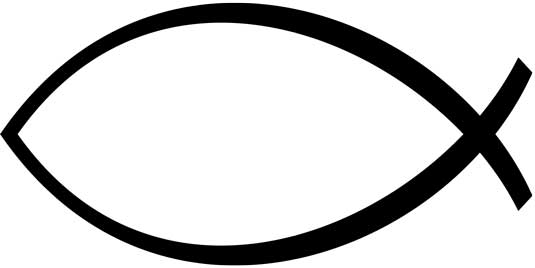
- 1 AD
As cave dwelling communities evolved into modern civilizations, so evolved our ability to capture concepts. The ichthys —the sign of the fish — served as a secret symbol that united Christians under a common belief and built a strong focus for their sense of belonging.
05. Pompeii bread

- 79 AD
Recovered from the ruins of Pompeii, a loaf of miraculously preserved bread provides a peek into early product differentiation. Markings on the bread signify its bakery of origin, use, price or intended recipient, demonstrating the need for branding in a complex market and simplifying consumer choice for perhaps the first time.
06. Union Jack
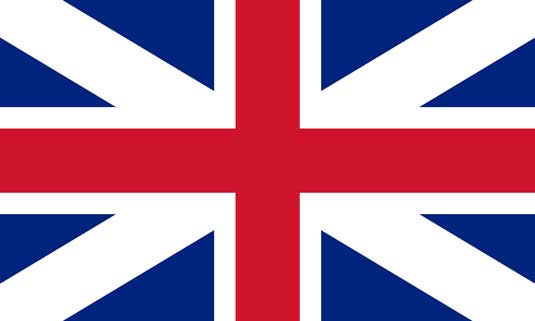
- 1606
Mixing brand identities can yield interesting results, such as when England and Scotland unified under the first version of the Union Jack, an early example of a merger of competing brands. Later, with the inclusion of Ireland in 1801, it became the asymmetric oddity we know today, a potent symbol of an eclectic culture.
07. Napoleon's hat
- 1804

Napoleon, not blessed with the ready-made brand of royalty, understood the power a leader's brand can command. Taking the traditions of royalty, he renamed, redesigned and repurposed them for himself and the Republic. He wore his hat sideways as a mark of his identity, and two centuries later this symbol of individualism is still remembered.
08. The first trademark

- 1876
Although products, like pottery and baked goods, had been marked to show origin or ownership as far back as the first millennium BC, it is only recently that this ownership has been protected. On January 1, 1876, the red triangle of Bass Ale became the U.K.'s first official trademark and paved the way for brand as we know it today.
09. The Michelin guide

- 1900
The start of the 20th century saw the first glimpse of brand as experience when the tyre manufacturers André and Édouard Michelin published the first edition of a free guide for French motorists. By providing maps and information to aid long journeys, they hoped to increase the demand for cars and therefore tyres. In 1926 they went further, developing a three-star fine-dining rating system encouraging drivers to explore restaurants.
- One star: 'A very good restaurant in its category'
- Two stars: 'Excellent cooking, worth a detour'
- Three stars: 'Exceptional cuisine, worth a special journey'
10. The first audio service mark

- 1950
NBC's xylophone chimes were first performed live on the radio in 1929 and in 1950 were registered as the first audio service mark. They are still in use today and have been heard by tens of millions of people. This pales next to the Nokia ring tone. In 2010 estimates suggest the tune was heard about 1.8 billion times per day, 20,000 times per second.
11. The birth of corporate identity

- 1958
As the competitive brand landscape intensified, companies undertook massive design programmes to streamline their look. In 1958 Gordon Lippincott coined the term 'corporate identity', and in 1965, Wally Olins founded Wolff Olins. Later, when reflecting on these corporate identity programmes, Wally said, 'There was some elegant work done, but that approach looks authoritarian and obvious now'. It was just the beginning of a field that continues to evolve today.
12. The Apple Mac

- 1984
The first computers were as incomprehensible to the layperson as quantum mechanics. But in 1984, Apple's Macintosh revolutionised the computing experience. Well-designed and with a humanised interface, it created a new tribe inspired by a belief in simple, stylish technology.
13. Nestlé buys Rowntree

- 1988
Acquisitions were not uncommon in the 1980s, but eyebrows were raised when Nestlé bought Rowntree, the maker of KitKat. While Rowntree was valued at £1 billion, Nestlé paid £2.5 billion for the company. By paying more for the intangible than the tangible, Nestlé was valuing belief above company.
14. Just do it

- 1988
In 1987, Reebok was the clear leader in the U.S. training shoe market. The following year, Nike released the “Just Do It” campaign, transforming our understanding of trainers. Suddenly, we all wanted some of that attitude. Nike was one of the first brands to tap into this deeper vein and elevate its brand far above its products.
15. Like this
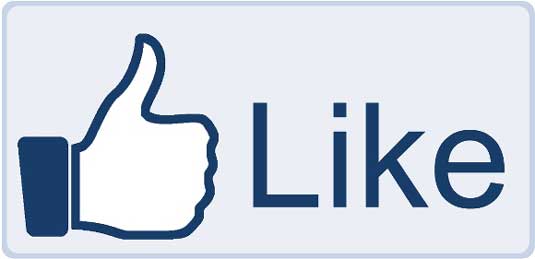
- 2004
The birth of Facebook gave us one of the first 'publicly owned' brands. Its 1.4 billion active monthly users post over 3 million times per minute, building their own brands and creating their own brand tribes.
16. Google enters the dictionary
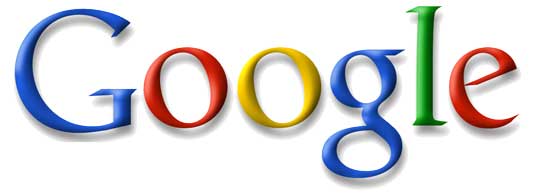
- 2006
Would you say, 'Bing it' or 'Yahoo it'? Probably not. Yet 'Google' entered the dictionary as a verb in 2006, joining Escalator, Hoover, Breathalyser, Ping-Pong and heroin as brands that have been absorbed into our language.
17. Gap logo withdrawn

- 2010
After releasing a new logo, Gap quickly discovered the power of open dialogue with customers. 'Ok. We've heard loud and clear that you don't like the new logo', the company said on its Facebook page a few days after the logo's launch. 'We only want what's best for the brand and our customers…we're bringing back the Blue Box tonight.'
18. Branding hard-wires brains

- 2011
As companies grow more adept at building deep connections, neuroscience shows us their efforts are succeeding. A 2011 study showed that if you show images of Apple products to an Apple fan, it lights up the same part of the brain as showing images of a deity to a religious person.
19. Babies given brand names

- 2015
When French parents tried to name their newborn daughter 'Nutella', the government intervened, ruling that it was 'not in the best interest of the child'. Giving babies brand names is increasing but is not new; in 2002 'Ikea' was born in the U.K., and in 2011 'Facebook' was born in Egypt. Names like Joshua, Noah or Mohammed now have unlikely competition.
20. A new generation of brands
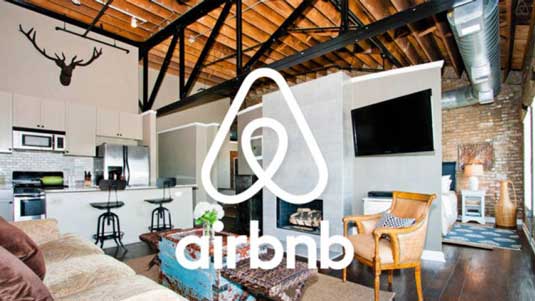
- Present day
Founded in 2008, Airbnb is one of a new generation of brands that take needs we have always satisfied on one-to-a-few basis and meets them through a virtual community. With no real assets beyond its community, Airbnb has become a £16 billion brand and disrupted the markets we have all taken for granted.
Visit Lippicott's Like me: Our bond with brands exhibition at the Design Museum from September 19-27 as part of London Design Festival.
Liked this? Try these...
- 5 top tips to light up your brand in dark markets
- Useful and inspiring flyer templates
- Free tattoo fonts for designers

The Creative Bloq team is made up of a group of art and design enthusiasts, and has changed and evolved since Creative Bloq began back in 2012. The current website team consists of eight full-time members of staff: Editor Georgia Coggan, Deputy Editor Rosie Hilder, Ecommerce Editor Beren Neale, Senior News Editor Daniel Piper, Editor, Digital Art and 3D Ian Dean, Tech Reviews Editor Erlingur Einarsson, Ecommerce Writer Beth Nicholls and Staff Writer Natalie Fear, as well as a roster of freelancers from around the world. The ImagineFX magazine team also pitch in, ensuring that content from leading digital art publication ImagineFX is represented on Creative Bloq.
